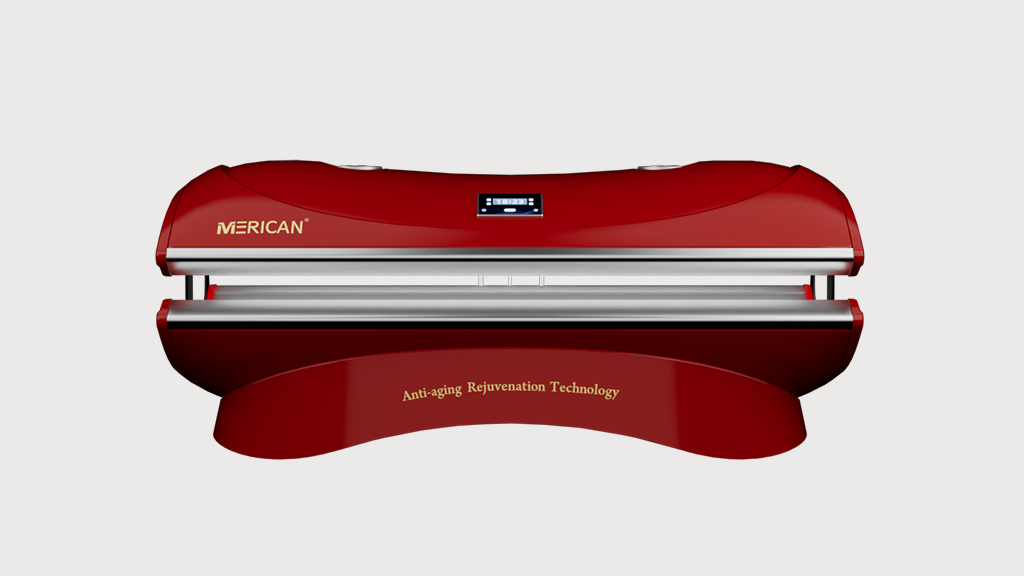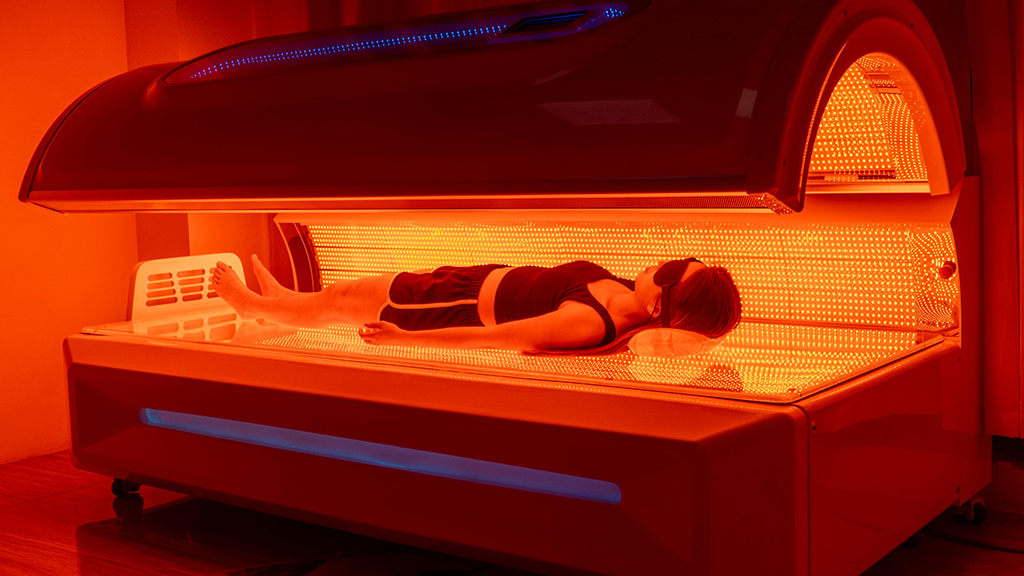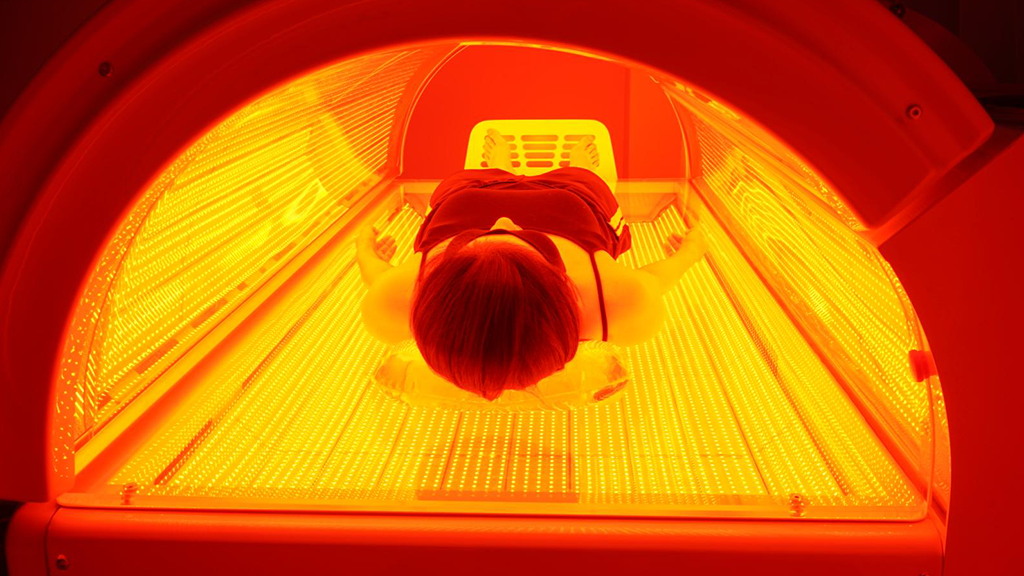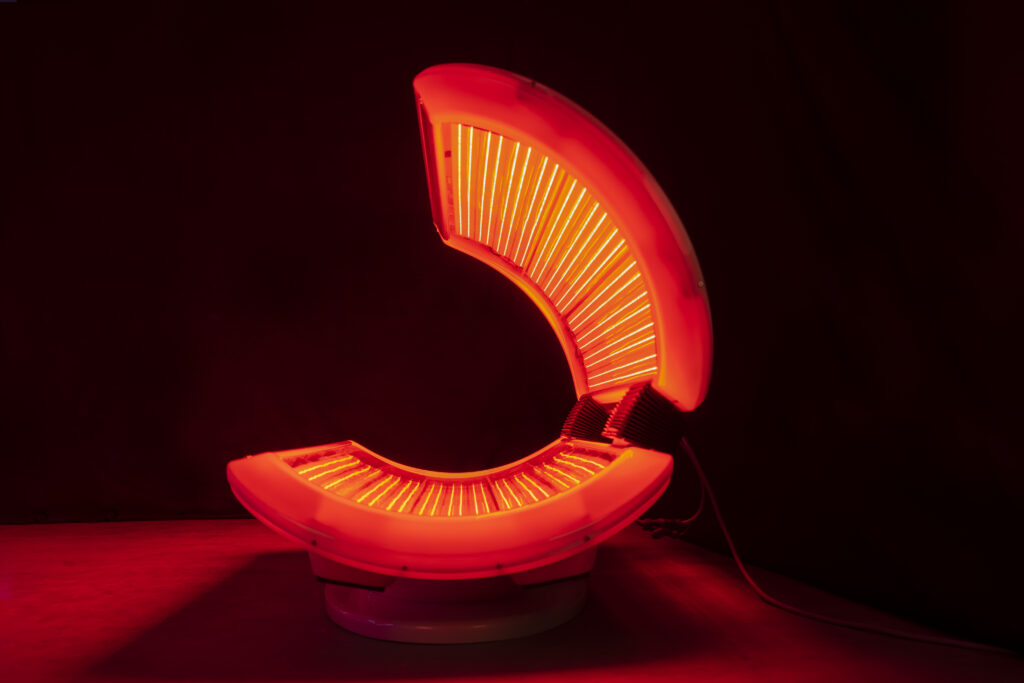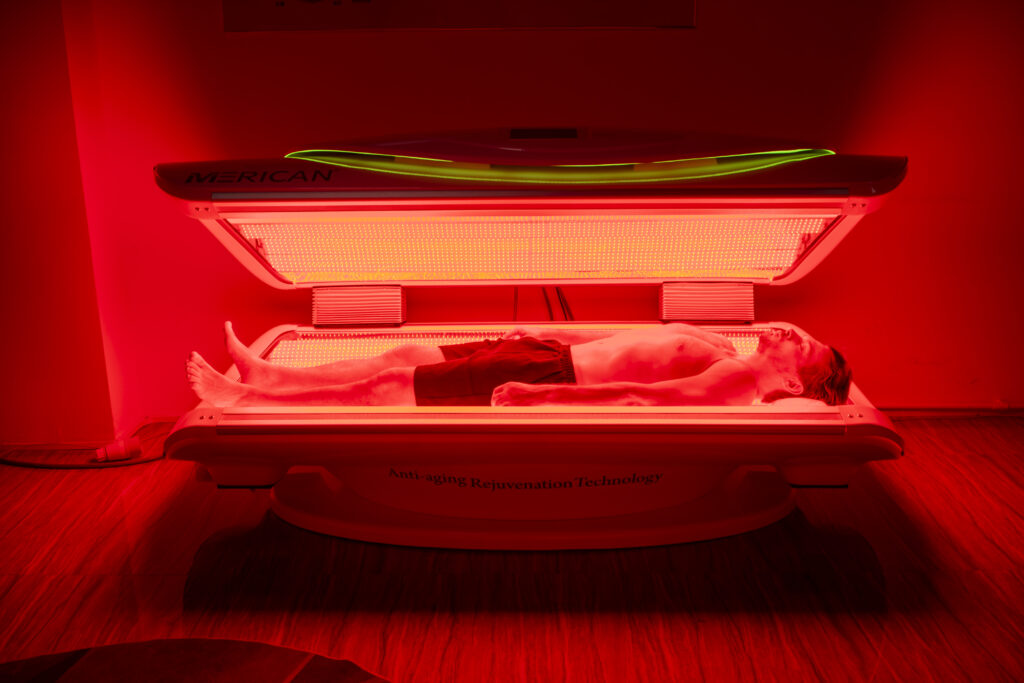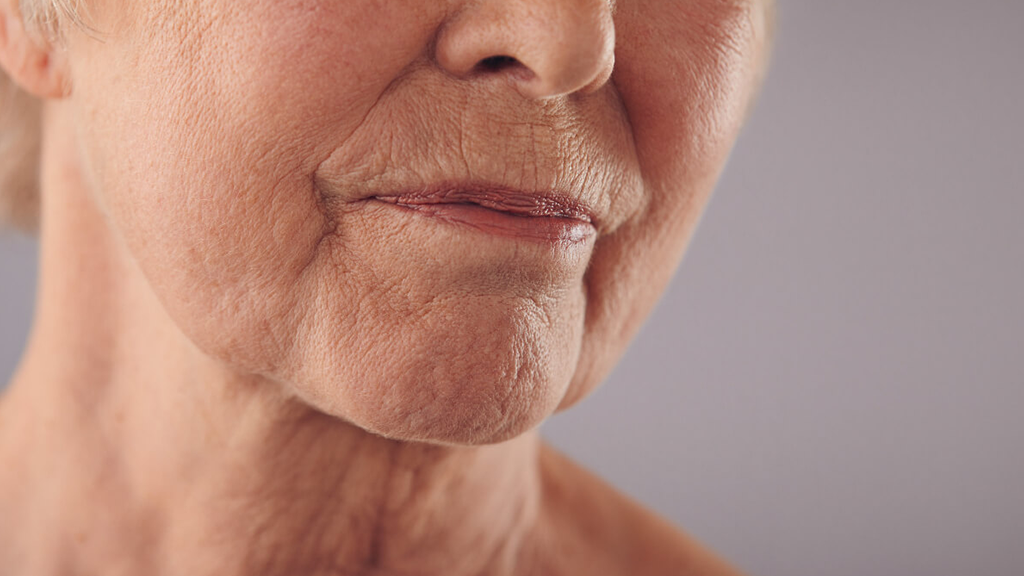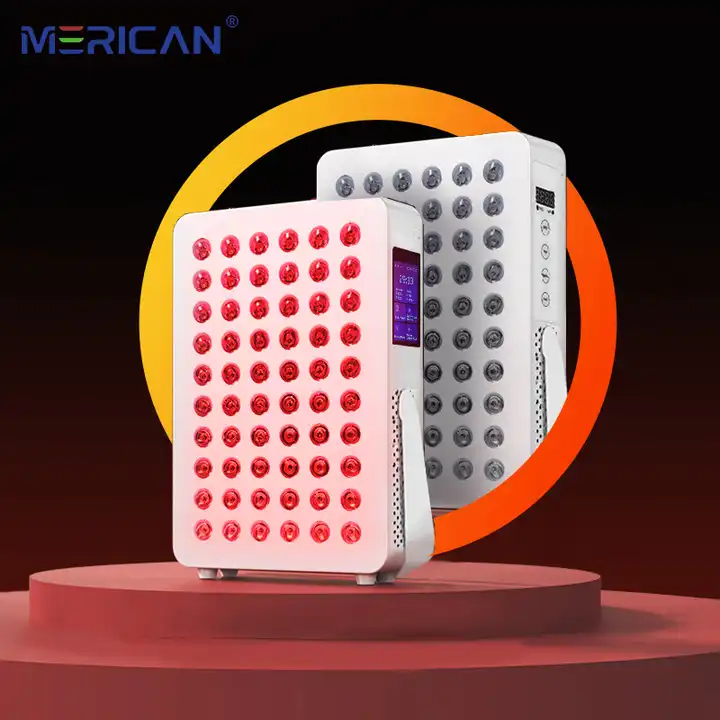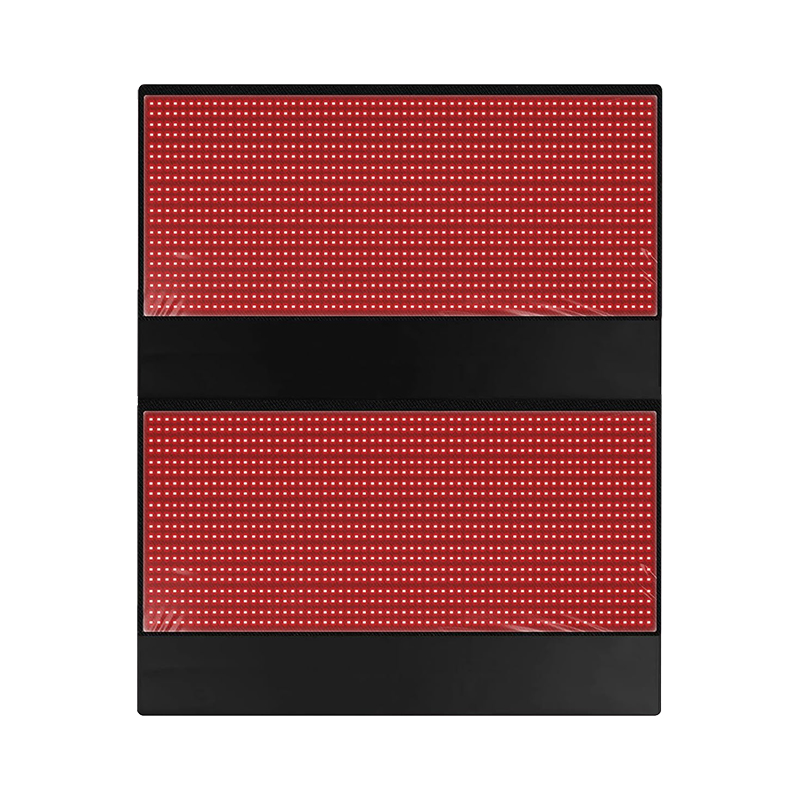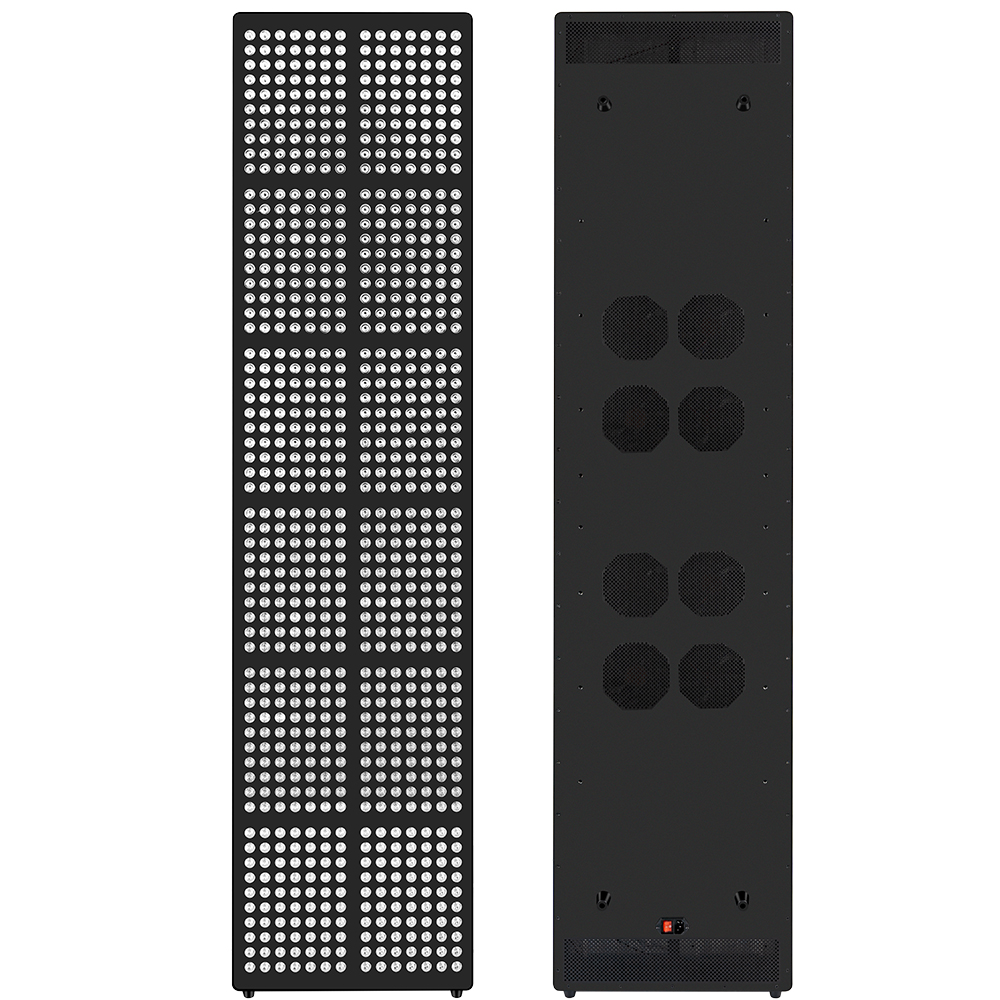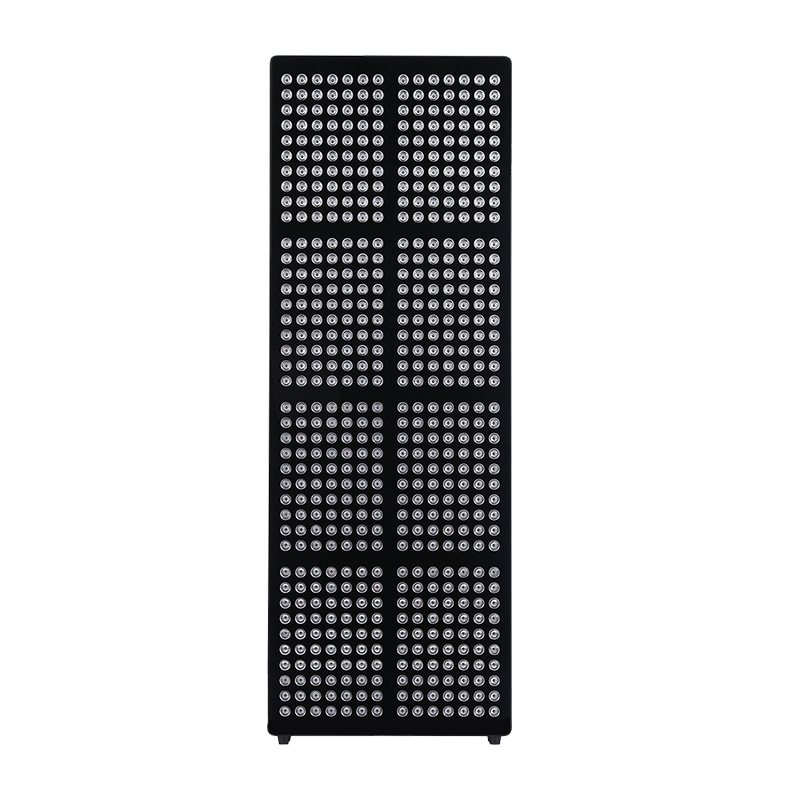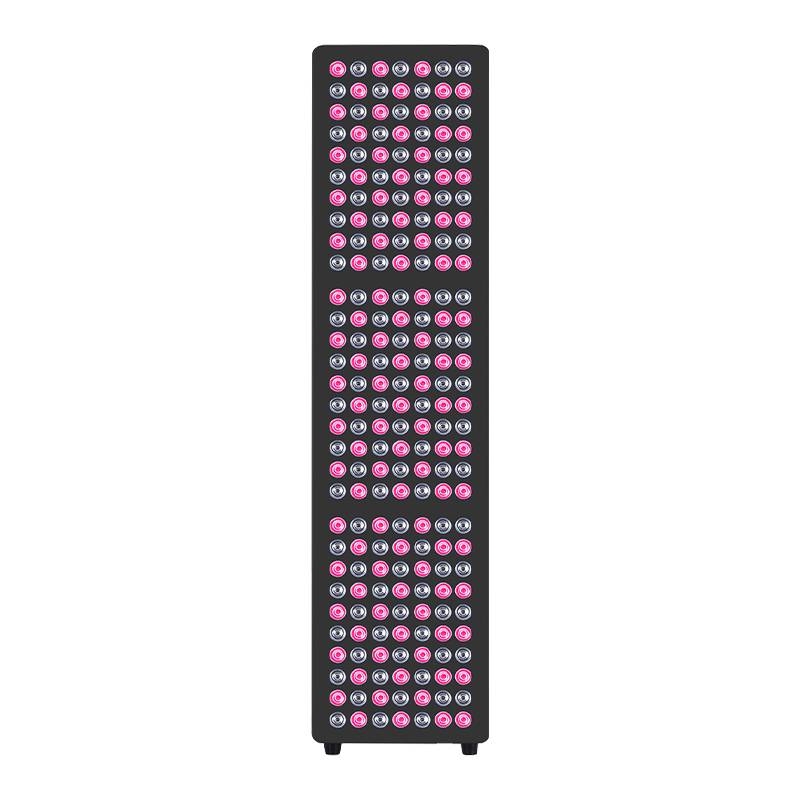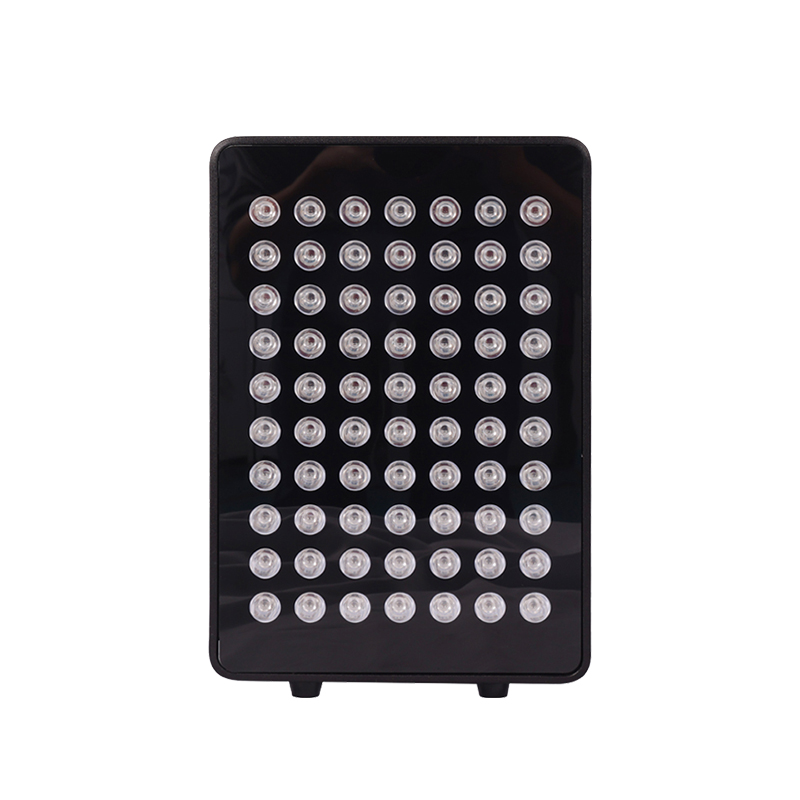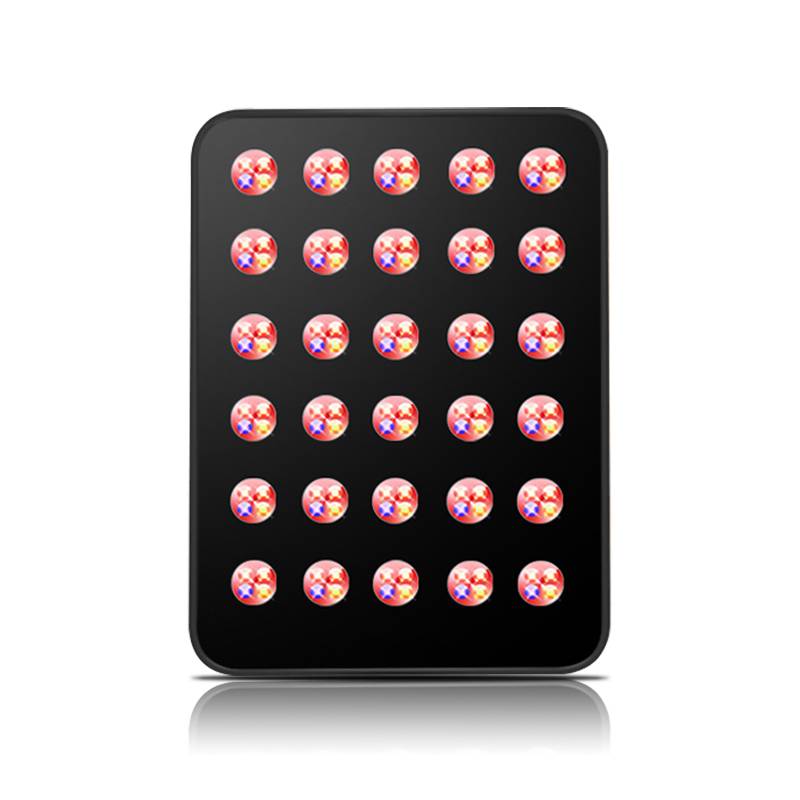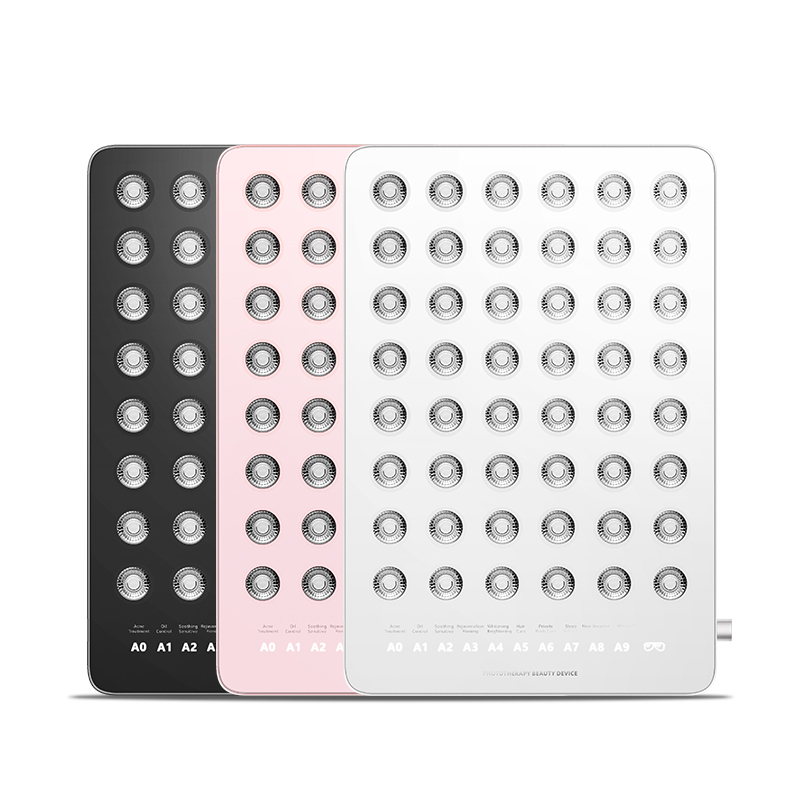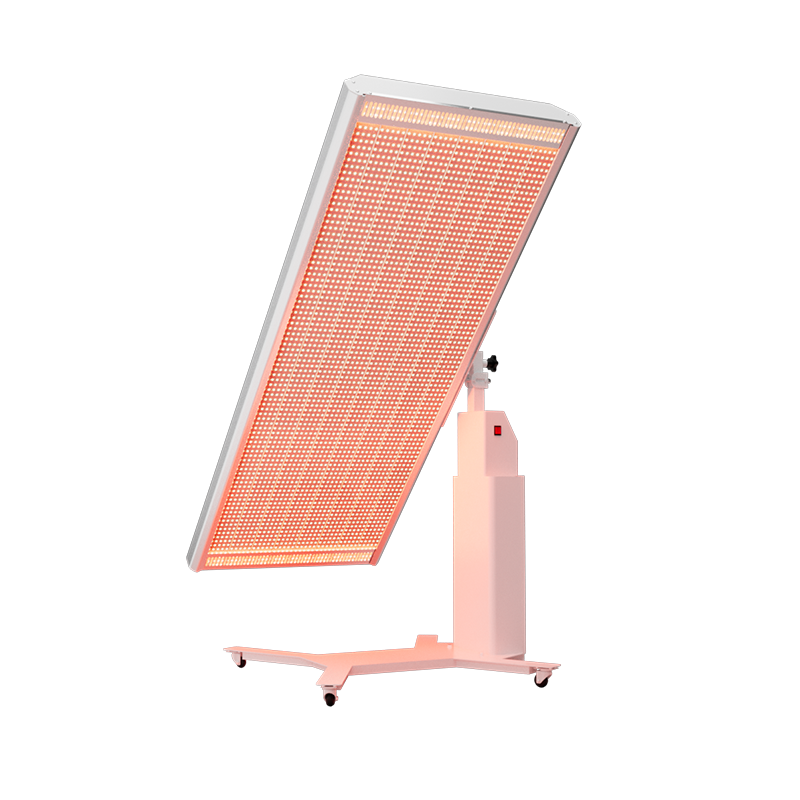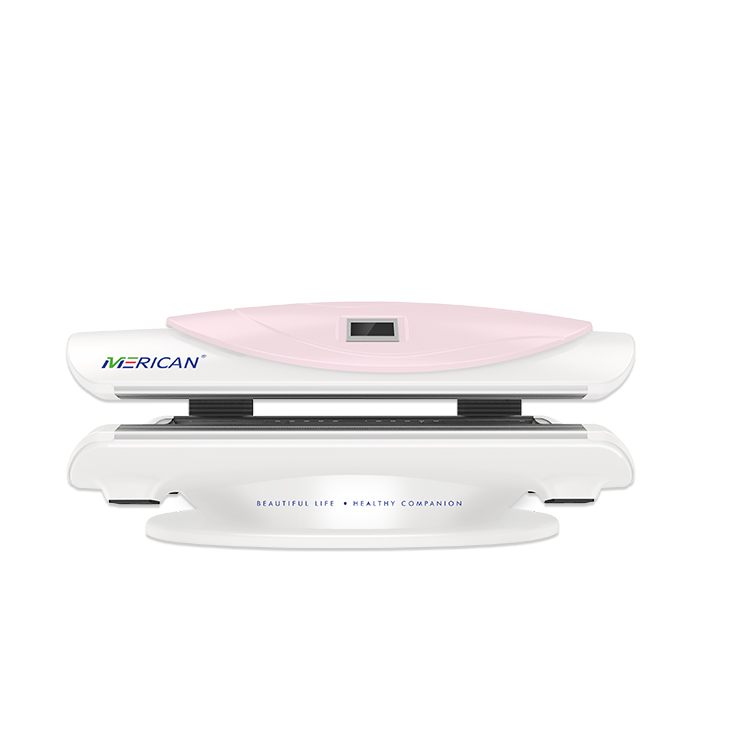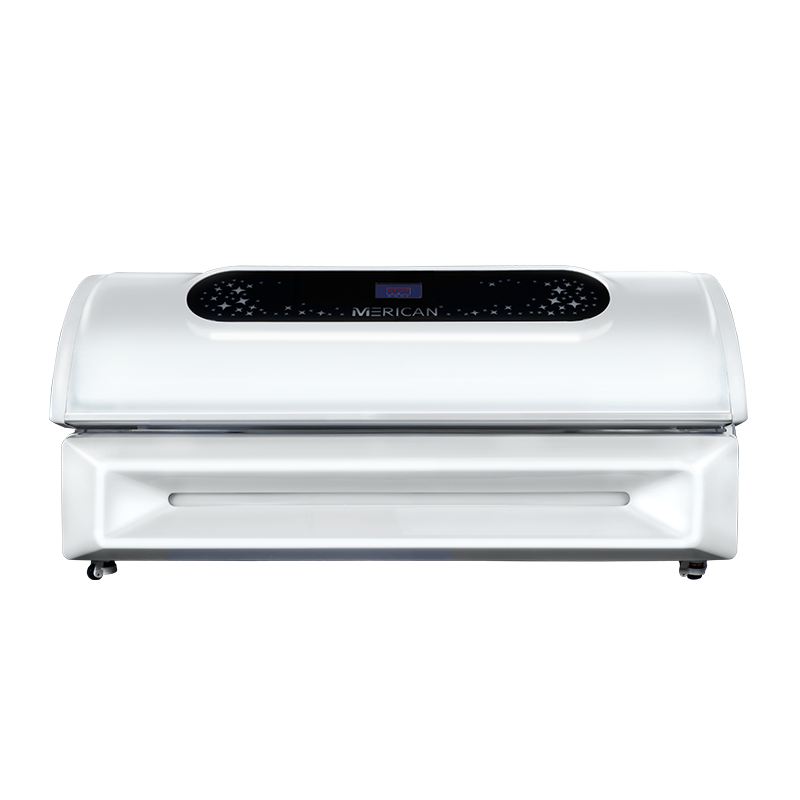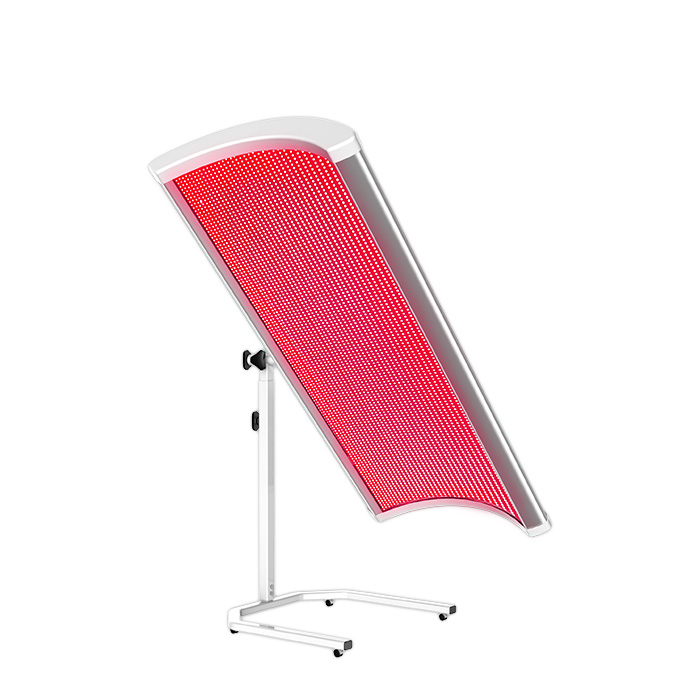Thérapie par la lumière rouge (RLT), également connu sous le nom de thérapie laser de bas niveau (LLT) ou photobiomodulation, is gaining recognition as a powerful tool in supporting the body’s natural healing processes. One of its most promising applications is in promoting wound healing — from minor cuts and abrasions to chronic ulcers and post-surgical recovery.
Comment fonctionne la thérapie rouge
Red light therapy uses specific wavelengths of red and near-infrared light (typically 630–850 nm) that penetrate the skin without causing damage. When absorbed by the body’s cells, particularly in the mitochondria, this light stimulates a series of beneficial biological effects, y compris:
- Augmentation de la production d'ATP: Boosts cellular energy, helping repair tissues faster.
- Enhanced Blood Flow: Delivers more oxygen and nutrients to the wound site.
- Inflammation réduite: Calms the immune response, minimizing tissue damage.
- Stimulation du collagène: Supports the regeneration of skin and connective tissue.
- Antibacterial Effects: Helps prevent infection at the wound site.
Scientific Evidence Supporting Wound Healing
Numerous clinical studies support the use of red light therapy in wound care. Par exemple:
- A study published in Photomédecine et chirurgie au laser showed that diabetic patients with foot ulcers experienced significantly faster healing with red light therapy compared to conventional treatment.
- Another trial involving post-operative patients found reduced healing time and improved scar quality in those receiving regular RLT sessions.
These results suggest red light therapy is especially useful for:
- Surgical incisions
- Burns
- Pressure ulcers (bedsores)
- Diabetic wounds
- Skin graft healing
Sûr et non invasif
One of the key benefits of red light therapy is that it’s non-invasive, indolore, et sans drogue. It can be used in clinical settings or with FDA-cleared home-use devices. Most users experience no side effects, although it’s important to follow recommended guidelines for duration and frequency.
Ideal Treatment Protocol
For wound healing, red light therapy is typically applied:
- 3–5 fois par semaine
- 10–20 minutes par session
- En utilisant feu rouge (630–660 nm) ou lumière proche infrarouge (810–850 nm) for deeper tissue repair.
Always consult with a medical professional when using red light therapy to treat open wounds or chronic skin conditions.
Réflexions finales
Red light therapy offers a scientifically backed, non-invasive solution to accelerate wound healing and tissue regeneration. Whether you’re recovering from surgery, managing chronic wounds, or simply treating everyday skin injuries, red light therapy can be a valuable part of your recovery toolkit.

